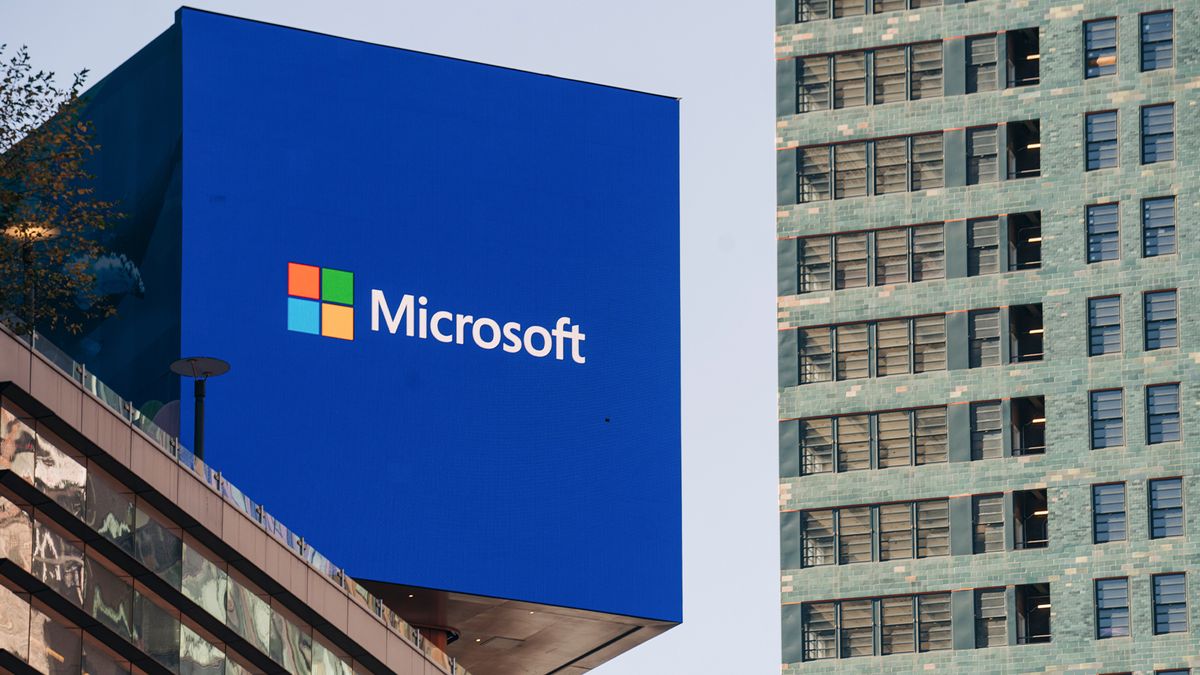With Microsoft’s support for Windows 10 ending on October 14, 2025, businesses are under pressure to migrate to Windows 11. However, many organizations face significant challenges—from hardware incompatibilities to budget constraints—that make the transition daunting.
Windows 10 end of life: How to prepare for the October deadline

Key Takeaways:
- Windows 10 support ends on October 14, 2025
- Over 62% of devices still run Windows 10
- Risks of staying include security threats and compliance issues
- Upgrading challenges involve hardware and budget constraints
- Strategies exist to ease the transition to Windows 11
Windows 10’s Upcoming End-of-Life
Microsoft has declared that support for Windows 10 will conclude on October 14, 2025. After this date, the operating system will no longer receive security updates, technical support, or critical patches. For businesses, this marks a pivotal moment that necessitates action.
The Widespread Reliance on Windows 10
Despite the looming deadline, a significant portion of the world remains on Windows 10. As of December 2024, over 62% of devices worldwide were still running the soon-to-be-outdated system. Multiple factors contribute to this, including hardware incompatibility and financial limitations.
The Risks of Staying Behind
Experts caution that continuing to use Windows 10 beyond its support period poses severe risks. “Without these updates, businesses may face operational inefficiencies and compliance challenges that could disrupt day-to-day activities,” warns Steve Prescott-Jones, Managed Services Director at UBDS Digital. The absence of security updates exposes organizations to malware, hacking, and other cyber threats.
In regulated industries, the stakes are even higher. “Using unsupported software could land you in trouble during audits—or even lead to fines,” says Kier Nolan, Head of Managed Services at Cobweb. Security breaches or technical failures could result in unnecessary downtime and erode customer trust.
Challenges Hindering the Upgrade
One of the primary obstacles in upgrading to Windows 11 is hardware compatibility. “Windows 11 has strict hardware requirements,” notes Prescott-Jones. “Older devices may not meet these specifications, forcing organizations to budget for new hardware.”
Budget constraints further exacerbate the issue. Small businesses, in particular, struggle to afford the necessary hardware upgrades, such as newer processors and TPM 2.0 chips. Additionally, legacy software dependencies mean that critical applications may not function properly on Windows 11 without expensive updates or replacements.
Options Available to Organizations
For those needing more time, Microsoft offers an Extended Security Updates (ESU) program, which provides security support for Windows 10 for an additional three years at increasing costs. While this offers a temporary reprieve, it’s not a long-term solution. “Extended support may be worth it for organizations that operate in highly regulated industries or have critical legacy applications that can’t be migrated in time,” says Alon Bar, Global CISO at Checkmarx. However, he advises that investing in upgrading systems is more cost-effective in the long run.
The Advantages of Upgrading
Despite the challenges, upgrading to Windows 11 brings significant benefits. The operating system is designed with modern security in mind, incorporating features like multi-factor authentication through Windows Hello and real-time phishing protection. These enhancements help safeguard sensitive data and reduce the risk of cyberattacks.
Planning for a Smooth Transition
To mitigate disruptions, experts recommend organizations begin planning their upgrade strategies immediately. “A phased rollout can help minimize disruption,” suggests Prescott-Jones. Prioritizing high-risk devices and critical systems for early upgrades allows for adjustments and training as employees adapt to the new system.
Conducting thorough audits to identify potential software and hardware constraints is crucial. In the interim, ensuring all devices are patched, monitored, and protected with robust security tools can help mitigate risks while the transition is underway.
Conclusion
The clock is ticking for businesses still operating on Windows 10. With support ending in less than a year, the imperative to upgrade is clear. By acknowledging the challenges and proactively planning, organizations can navigate the transition to Windows 11 smoothly, safeguarding their operations and maintaining compliance in an increasingly digital world.











